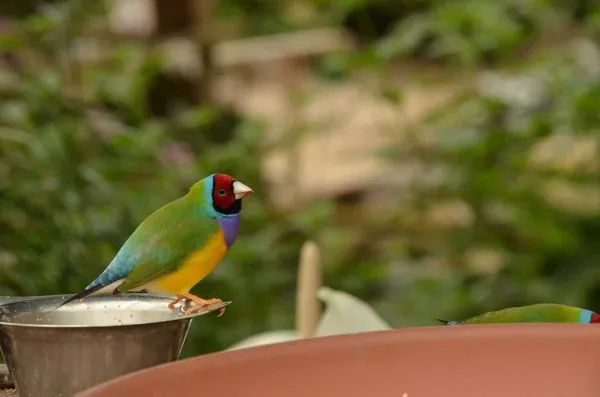Tortoiseshell cats, often called “torties,” are known for their striking, multicolored coats and unique personalities. If you have ever encountered a tortie, you may have noticed that they have a distinct attitude, sometimes referred to as “tortitude.” This has led many cat lovers to wonder: Do tortie cats like to be held?
The answer to this question is not straightforward because every cat is unique, and their preference for being held depends on various factors such as genetics, socialization, past experiences, and personality. In this article, we will explore the behavior of tortoiseshell cats, factors that influence their tolerance for being held, and how you can build a strong bond with your tortie.
Understanding Tortoiseshell Cats
Tortoiseshell cats are not a specific breed but rather a coat color pattern found in many different breeds. Their coats consist of a mix of black, orange, brown, red, and cream, creating a beautiful mosaic of colors. Most tortoiseshell cats are female due to the way coat color is inherited genetically.
Torties are well known for their strong-willed, sassy, and independent personalities. Some cat owners describe them as affectionate and playful, while others find them stubborn and feisty. This “tortitude” is part of what makes them so fascinating.
Do Tortie Cats Like to Be Held?
Whether or not a tortie cat enjoys being held depends on several factors, including:
Personality and Genetics
Just like humans, cats have individual personalities. Some cats are naturally more affectionate and enjoy close physical contact, while others prefer their personal space. A tortie’s genetics can influence their temperament, making them more or less likely to enjoy being held.
Socialization During Kittenhood
Kittens that are handled frequently and exposed to gentle human interaction during their first few weeks of life are more likely to be comfortable with being held as adults. If a tortie cat was not properly socialized during kittenhood, they might be more resistant to being picked up and held.
Past Experiences
If a tortie cat has had negative experiences with being held—such as being restrained for medical procedures or being handled roughly—they may develop an aversion to it. Conversely, if they associate being held with positive experiences, such as treats or affection, they may tolerate or even enjoy it.
Energy Levels and Mood
Some torties are energetic and prefer playing or exploring rather than being held. Additionally, a cat’s mood can change throughout the day, and they may not always be in the mood for cuddling.
Trust and Bonding
A tortie cat is more likely to enjoy being held if they trust their owner. Cats that have a strong bond with their human companions are more likely to tolerate physical affection.
How to Tell If Your Tortie Likes Being Held
If you want to know whether your tortie cat enjoys being held, look for the following signs:
Positive Signs:
- Purring when you pick them up
- Relaxed body posture (no stiffening or struggling)
- Kneading with their paws while being held
- Nuzzling or rubbing against you
- Staying in your arms without trying to escape
Negative Signs:
- Struggling or trying to jump out of your arms
- Flattened ears or tail flicking
- Growling or hissing
- Clawing or biting
- Tense body language
If your tortie exhibits negative signs, it’s best to respect their boundaries and not force them to be held.
How to Make Your Tortie More Comfortable with Being Held
If your tortie doesn’t naturally enjoy being held, you can try the following tips to help them become more comfortable:
1. Start Slowly
Begin by petting your cat while they are in a relaxed state. Let them get used to your touch before attempting to pick them up.
2. Use Positive Reinforcement
Reward your cat with treats or gentle praise when they allow you to hold them, even if it’s just for a few seconds. This helps create a positive association with being held.
3. Hold Them Properly
Always support their body by placing one hand under their chest and the other under their hind legs. Holding them securely but gently makes them feel safe.
4. Respect Their Preferences
Some torties prefer to be held for short periods, while others may never enjoy it. Pay attention to their comfort level and don’t force them into unwanted interactions.
5. Spend Quality Time Together
Building a strong bond with your tortie through playtime, treats, and gentle petting can make them more trusting and receptive to physical affection.
Alternative Ways to Show Affection
If your tortie doesn’t like being held, don’t worry! There are plenty of other ways to bond with them:
- Petting: Many torties enjoy being petted on their head, chin, or back.
- Playtime: Engaging in interactive play with toys like feather wands or laser pointers can strengthen your bond.
- Grooming: Brushing your cat can be a relaxing experience for both of you.
- Talking to Them: Some torties enjoy “chatting” with their humans and will respond with meows or chirps.
- Lap Time: Even if they don’t like being held, your tortie may enjoy sitting on your lap.
Conclusion
So, do tortie cats like to be held? It depends on the individual cat. Some torties enjoy being held and cuddled, while others prefer to keep their feet on the ground. Their personality, socialization, past experiences, and trust in their owner all play a role in whether they enjoy being picked up.
If your tortie doesn’t like being held, don’t take it personally! There are many other ways to show love and affection that they will appreciate. The key is to respect their boundaries, build trust, and find what makes them happiest.
By understanding your tortie’s unique personality and preferences, you can develop a loving and fulfilling relationship with your special feline companion.
Related Topics:



















